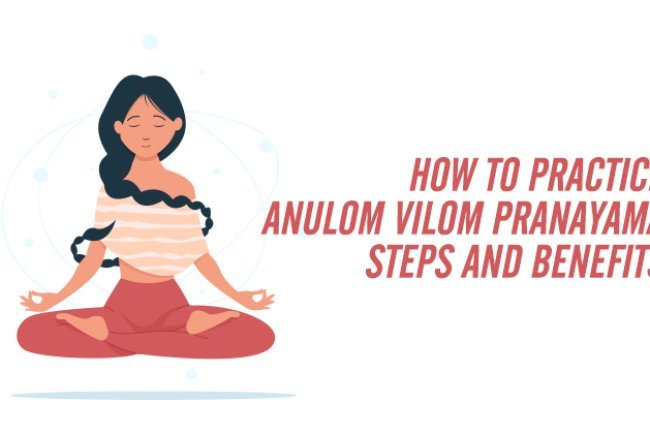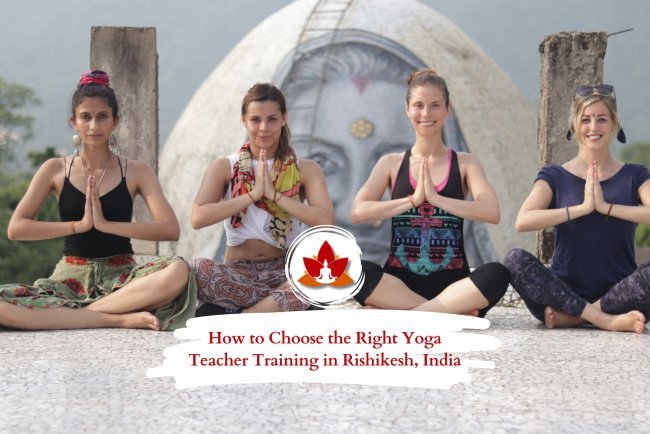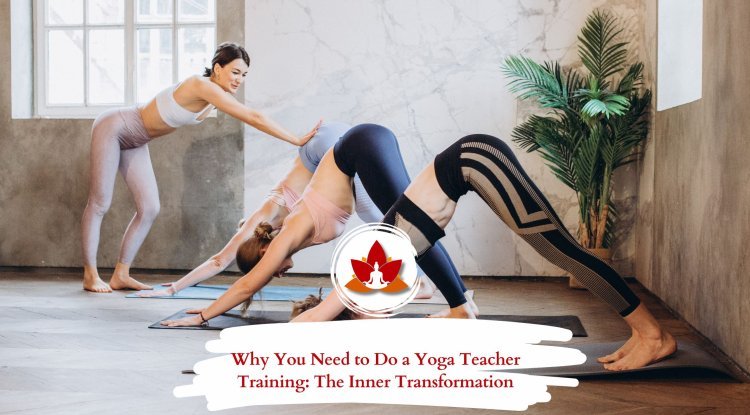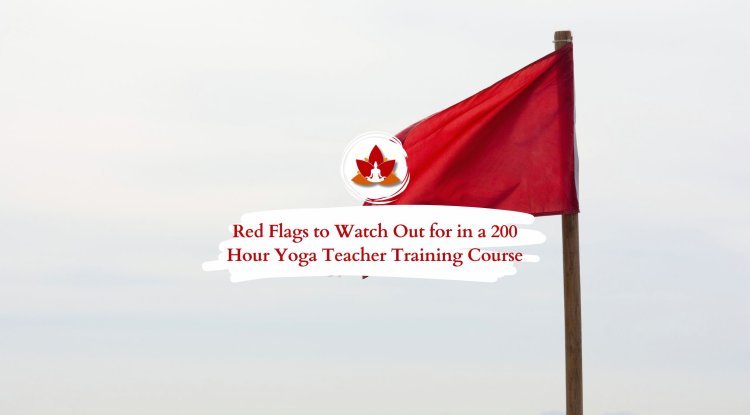How to Apply the 333 Rule to Relieve Anxiety and Soothe Your Mind
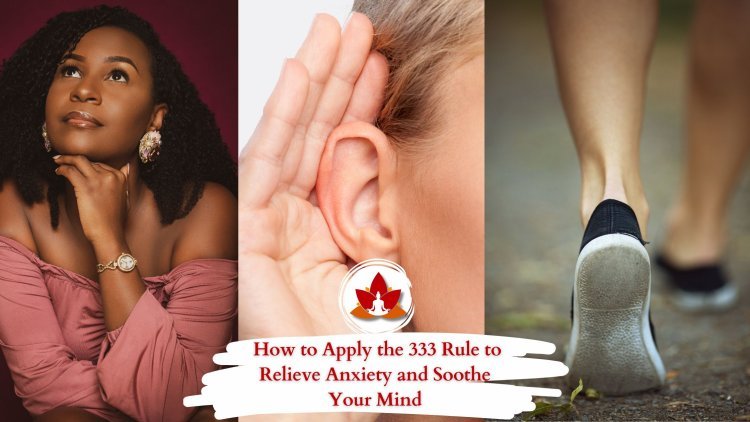
Anxiety can strike at any moment — whether it’s the stress of work, personal challenges, or simply the chaos of the modern “9-to-5” life. While we can’t always control what happens around us, we can control how we respond. That’s where the 333 rule comes in — a quick and effective grounding method to calm your mind and bring you back to the present.
What Is the 333 Rule?
The 333 rule is a simple mindfulness technique designed to reduce anxiety and emotional overwhelm. Whenever anxious thoughts start to spiral, pause and name:
-
3 things you can see
-
3 things you can hear
-
3 things you can touch or feel
This sensory redirection helps shift your focus from anxiety to awareness — grounding you in the here and now.
Why It Works
The practice gently soothes your nervous system, helping to regulate emotions and restore balance. By engaging your senses, you interrupt the cycle of anxious thoughts and reestablish a sense of calm and control.
The Power of Presence
Anxiety often fills the mind with fear, doubt, and endless “what ifs.” But the 333 rule reminds you that peace is always one deep breath away. By reconnecting with your surroundings, you invite mindfulness, clarity, and emotional relief back into your day.
At a Glance: The 3-3-3 Rule for Instant Calm
Feeling anxious? The 3-3-3 rule is a quick and easy way to break the cycle of overwhelming thoughts and bring yourself back to the present moment. Here’s how it works:
-
Look around and name three things you can see.
-
Listen carefully and identify three sounds you can hear.
-
Move your body — wiggle your fingers, stretch your arms, or tap your feet — focusing on three different body parts.
That’s it! Simple yet powerful. Repeat this grounding exercise as many times as needed until you feel calmer, clearer, and more centered.
Common Types of Anxiety
Everyone experiences anxiety from time to time — it’s a natural part of life. You might feel uneasy before a big presentation, worry about your health, or stress over family or relationship issues. Occasional anxiety is normal, but when it becomes persistent or overwhelming, it can start interfering with your ability to function and enjoy life.
Chronic anxiety may lead to avoidance behaviors — skipping responsibilities, avoiding social situations, or feeling disconnected from loved ones. It can also cause strain at work, school, and home. If anxiety is regularly affecting your daily life, it might be more than just temporary worry — it could be an anxiety disorder.
Common Anxiety Disorders (as defined by the National Institute of Mental Health)
-
Generalized Anxiety Disorder (GAD): A constant feeling of worry or unease that doesn’t seem to go away, often without a specific reason.
-
Panic Disorder: Experiencing frequent and unexpected panic attacks — sudden surges of intense fear accompanied by physical symptoms like a racing heart, sweating, or shortness of breath.
-
Social Anxiety Disorder: An intense fear of being judged, watched, or embarrassed in social settings, making everyday interactions feel overwhelming.
-
Specific Phobias: Strong, irrational fears of particular objects or situations — such as agoraphobia (fear of open or crowded spaces), acrophobia (fear of heights), or claustrophobia (fear of enclosed spaces).
Remember
If you or someone you care about shows signs of an anxiety disorder, it’s important to seek help. You are not alone — and the good news is that anxiety is highly treatable with the right support, therapy, and self-care.
What Is the 333 Rule and How to Apply It to Anxiety
The 333 Rule is a simple yet powerful grounding technique that helps bring your focus back to the present moment when anxiety or stress begins to take over. It involves using your five senses to reconnect your mind and body, breaking the spiral of anxious thoughts.
Similar to the popular 5-4-3-2-1 method, the 333 Rule offers a faster and more accessible way to calm your nervous system — ideal for moments when anxiety strikes suddenly.
The Science Behind the 3-3-3 Rule
Grounding techniques work by engaging your body’s sensory awareness — what you can see, hear, and feel. When you consciously activate your senses, you interrupt the flow of racing thoughts and anchor yourself in the safety of the present moment.
This physical and mental redirection helps regulate your nervous system, reduces stress hormones, and brings a sense of calm and clarity.
How to Practice the 333 Rule
Step 1: Find 3 Things You Can See
Take a slow look around and identify three things you can see — perhaps a plant, your phone, or sunlight on the floor. This simple act grounds you in your environment, shifting your focus away from anxious thoughts to what’s real and tangible.
Step 2: Touch 3 Things
Next, focus on three things you can touch. Feel the texture of your clothes, the warmth of a mug in your hands, or the cool air on your skin. Pay attention to the sensations — texture, temperature, and pressure — and let them anchor you in the present.
Step 3: Listen to 3 Sounds
Finally, close your eyes and identify three sounds around you. It could be the hum of an air conditioner, the chirping of birds, or distant voices. This auditory awareness helps quiet your mind and settle your emotions.
Why It Works
The 333 Rule is more than a distraction — it’s a way to reconnect with reality. By using your senses, you bring awareness away from what might happen and return it to what is happening right now. It’s a small but powerful step toward inner peace and emotional regulation.
How the 333 Rule Helps Soothe Anxiety
The 333 Rule acts as a gentle mental anchor, grounding your thoughts and emotions when they start to spiral. It draws you back to the present moment — like a reassuring hand guiding you away from chaos toward peace and clarity.
1. Provides Instant Relief
The simplicity of the 333 Rule offers immediate comfort. By focusing on what you can see, touch, and hear, your attention shifts away from overwhelming thoughts. This quick grounding helps calm your nervous system, easing panic and restoring a sense of control over your mind and emotions.
2. Cultivates Mindfulness and Presence
Regularly practicing the 333 Rule invites mindfulness into your daily life. By consciously engaging your senses, you train your mind to pause, observe, and just be. This habit of presence helps you stay grounded in reality instead of being swept away by worry or “what if” thinking.
3. Restores Emotional Balance
Anxiety often fuels a cycle of overthinking and emotional turbulence. The 333 Rule gently interrupts this pattern, helping you reconnect with inner calm. As your focus returns to the present, feelings of peace, balance, and emotional stability naturally begin to emerge.
4. Builds Resilience and Self-Awareness
Consistent practice strengthens your ability to notice anxiety triggers and patterns. With greater self-awareness comes emotional resilience — empowering you to manage stressful moments with more ease, clarity, and confidence.
A Step Toward Emotional Well-Being
Remember, the 333 Rule isn’t a “quick fix” for anxiety — it’s a mindful step toward self-awareness, emotional growth, and long-term inner peace. With regular use, it becomes a trusted companion on your journey toward calmness and self-mastery.
Other Coping Strategies to Alleviate Anxiety
Everyone experiences anxiety differently — what calms one person may not work for another. That’s why it’s important to explore and experiment with different coping techniques until you find what resonates most with you. Here are some powerful methods to help ease anxiety and promote inner balance:
Meditation
Meditation allows you to step away from the noise of the outside world and reconnect with your inner calm. Even a few minutes of stillness each day can help quiet your mind and reduce anxious thoughts.
Deep Breathing
Deep, mindful breathing activates the body’s relaxation response, slowing your heart rate and soothing stress. Try inhaling deeply for four counts, holding for four, and exhaling for four.
The 5-4-3-2-1 Grounding Technique
This sensory method helps bring your awareness back to the present moment. Identify:
-
5 things you can see
-
4 things you can touch
-
3 things you can hear
-
2 things you can smell
-
1 thing you can taste
It’s a simple yet powerful way to stop racing thoughts and feel more grounded.
Progressive Muscle Relaxation (PMR)
PMR involves tensing and releasing different muscle groups — starting from your toes and moving up to your head. It helps release stored tension, melt away stress, and encourage deep relaxation. Try practicing this while lying down for the best results.
Regular Exercise
Movement is medicine. Activities like walking, yoga, dancing, swimming, or jogging release endorphins — natural mood boosters that help relieve tension and promote mental well-being.
Aromatherapy
Scents have the power to calm the mind. Essential oils like lavender, chamomile, or sandalwood can create a soothing environment and reduce anxiety.
Mindfulness
Mindfulness is the art of simply being — observing your thoughts and sensations without judgment. Practicing mindfulness regularly can enhance awareness, strengthen emotional regulation, and deepen your connection with the present moment.
Visualization
When anxiety hits, close your eyes and imagine a peaceful place — perhaps a serene forest, a quiet beach, or a cozy room. Visualization can redirect your mind from worry to calm, evoking feelings of comfort and ease.
Journaling
Writing helps release emotional clutter. Try journaling your thoughts each day, or keep a gratitude journal to focus on positive moments and what’s going well in your life.
Social Support
Reach out and talk to someone you trust — a friend, family member, or support group. Sharing what you’re feeling can bring comfort, perspective, and reassurance that you’re not alone.
Hobbies and Creative Outlets
Engaging in activities you love — reading, painting, gardening, or playing music — not only distracts from anxious thoughts but also brings joy and a sense of accomplishment.
Therapy and Professional Support
If anxiety feels too heavy to manage on your own, consider seeking help from a mental health professional. Therapy can help you understand the root causes of anxiety and provide tools for lasting relief and resilience.
Remember
Managing anxiety is a journey, not a race. Be patient with yourself as you explore different coping techniques — and celebrate every step toward calm, balance, and emotional well-being.
Pro Tip
If you’re someone who tends to feel anxious, it can be helpful to prepare ahead of time. Psychologist Dr. Daramus recommends creating a small “sensory kit” that you can turn to whenever anxiety strikes. Include:
-
A sensory bag — with small items you can touch or hold, like a stress ball, smooth stone, or soft fabric.
-
A calming photo album — a folder on your phone with pictures that bring you joy or peace.
-
A soothing playlist — filled with songs or nature sounds that help you feel centered and relaxed.
Having these ready ensures that when anxiety hits, you have comforting tools at hand to ground your senses and calm your mind.
Key Takeaways
The 3-3-3 Rule is a simple yet powerful way to manage anxiety and regain control during stressful moments. By tuning into what you can see, touch, and hear, this grounding exercise helps you reconnect with the here and now, breaking the spiral of anxious thoughts.
However, remember — anxiety can be complex and deeply personal. If it begins to interfere with your daily life, don’t hesitate to seek professional help. A licensed therapist can provide personalized tools, coping techniques, and guidance to help you live with greater peace, balance, and emotional freedom.
FAQs
What is the 555 rule for anxiety?
The 555 rule is a straightforward breathing exercise where you inhale for 5 seconds, hold for 5 seconds, and then exhale for 5 seconds. It's a gentle rebooting of your mind and body, a brief pause in the frantic pace of life so that you can restore order and peace to focus.
What is the 5, 4, 3, 2, 1 rule for anxiety?
This is yet another grounding strategy for anxiety, a soothing anchor to the moment. Notice 5 things you can see, 4 things you can touch, 3 things you can hear, 2 things you can smell, and 1 thing you can taste. The 5, 4, 3, 2, 1 rule is a sensory adventure to lead your mind back into the here and now, away from staggering thoughts and feelings, and back to awareness and presence.
What are 3 anxiety coping strategies?
Practices such as mindfulness, discovering meditation, and doing deep breathing exercises enable you to cope with anxiety. They can lead you back to mental and emotional balance.
What is the best intervention for anxiety?
The best intervention is a matter of trying different techniques and systems of support and finding out what is effective for you. It might involve a mix of cognitive-behavioral therapy (CBT), medication, changes in lifestyle, meditation, mindfulness, and relaxation exercises.
What's Your Reaction?








